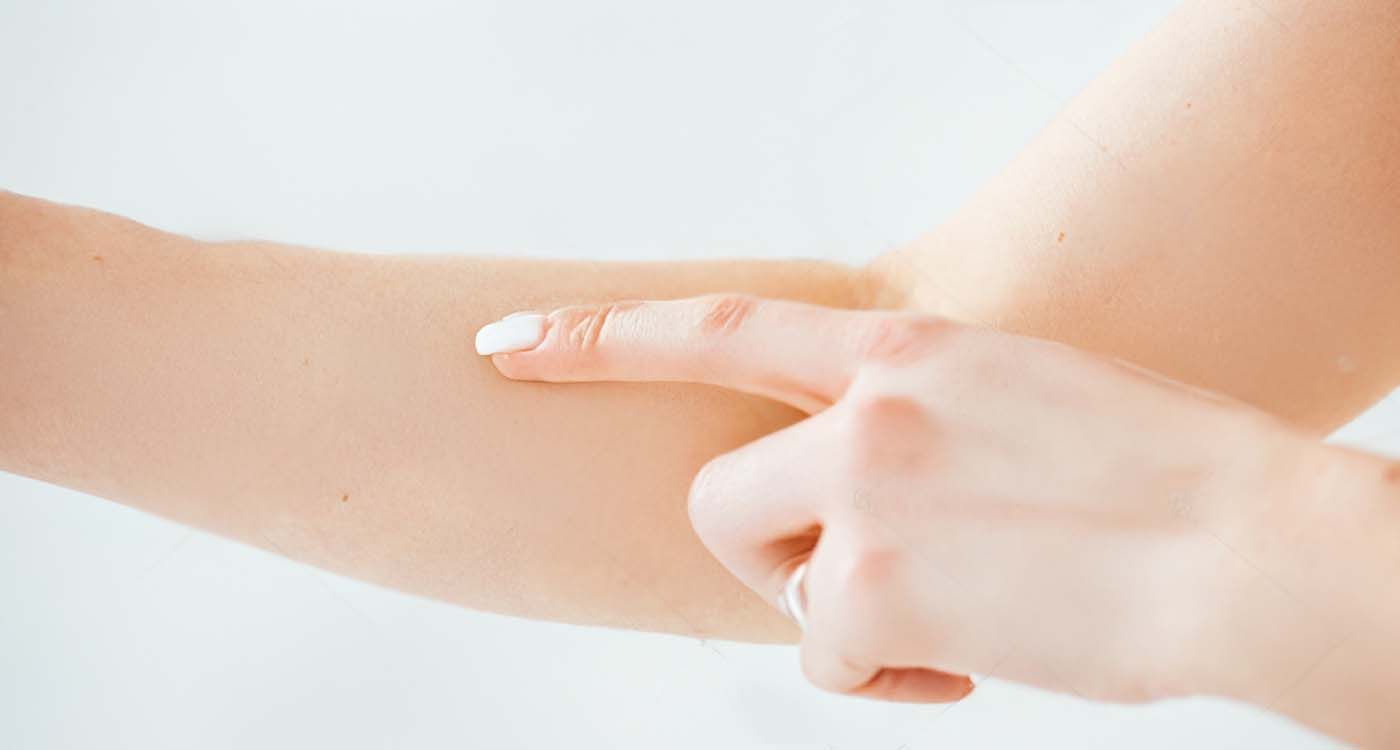
Since 2021, reports of “needle attacks” have surged across France – often without physical evidence or toxic traces. Mass effect or real assaults? The phenomenon continues to confound both medical experts and security forces.
Concerts, festivals, nightclubs and crowded subway carriages – these lively, bustling venues have, in recent years, become the alleged sites of a phenomenon as disturbing as it is elusive. Since autumn 2021, hundreds of people across France have reported sudden needle pricks in their legs, arms or backs, followed by nausea, dizziness, fainting or panic attacks. Some claim to have seen a syringe; others felt only a sharp sting with no visible culprit. In most cases, no traces of any substance have been found, and no attacker has been officially identified. Yet reports continue to pour in.
The so-called “needle attacks” phenomenon has become a perplexing public mystery. In the spring of 2022, reports surged, with more than 2,000 complaints filed nationwide. Cases span from Brittany to Île-de-France, from the French Riviera to central Lyon. Most victims are young women, sometimes minors. Panic creeps in. Media coverage amplifies the alarm. Social media fans the flames.
But behind the media frenzy, investigations have stalled. Despite hundreds of toxicology tests, no illicit substances have been conclusively detected in victims’ blood. No consistent pattern of aggression has emerged. Back in 2022, authorities openly admitted their confusion. Yet collective anxiety shows no sign of easing.
Fear or Reality?
In June 2025, during the Fête de la Musique celebrations, the phenomenon resurfaced with renewedf intensity. That evening, across several French cities, 145 people reported being pricked. The vast majority were young women. Reports flooded social media platforms like TikTok, Snapchat and Instagram in real time. Videos raised alarms, made accusations, and reenacted alleged incidents. Some were authentic; others staged scenes for provocation. Doubt quickly set in. Fear spread faster than the needle itself.
Authorities took the matter seriously. Arrests were made, and several individuals were detained. Yet, a week later, no formal charges were filed. Toxicology reports came back negative. The pattern repeated: complaint, panic, investigation, then silence.
This phenomenon is not unique to France. Similar reports emerged in Belgium, the UK, Ireland and Switzerland. Everywhere, the same ambiguity prevails: real physical symptoms – including dizziness, confusion or muscle pain – yet no tangible chemical or medical evidence. Experts offer several explanations. One theory suggests a malicious intent to frighten by pricking – with no injection involved – sometimes using only a sewing needle or another sharp object without injecting any substance. Another points to stress: an anxious atmosphere combined with intense emotional stimuli – music, crowds, heat, alcohol – can trigger genuine somatic reactions without external aggression.
Dr. Leila Chaouchi of AP-HP summarizes: “People are being pricked for the sake of pricking, but presumably not to inject any substance or cause harm.” This doesn’t mean there are no victims, but the trauma is often psychological and social rather than toxicological or criminal.
The phenomenon is made even more complex by a climate of widespread suspicion that goes beyond the facts. Videos circulate showing young people pricking themselves for attention, while some influencers stage provocative scenes involving syringes. These staged acts further obscure the understanding of events. Police officers, doctors and magistrates find it increasingly difficult to discern truth from falsehood. Serious cases get lost in an overwhelming flood of reports. As a result, genuine victims struggle to be heard, while any real perpetrators, if they exist, slip through the cracks.
There is no evidence that the phenomenon is entirely imaginary, nor proof that it is a large-scale hoax. It is likely that both coexist: isolated real assaults drowned in a collective psychosis fueled by viral digital media. What is certain is that the sense of insecurity it generates is very real. It heavily weighs on outings, parties and concerts, casting a subtle shadow of worry over moments meant to be carefree.
In this way, the needle attacks are a symptom of our time: a time when images spread faster than facts, fear takes root more deeply than evidence, and the line between real danger and shared anxiety blurs. A time when anyone experiencing a sudden pain in a crowd wonders whether the threat was real or just in their head.

Comments